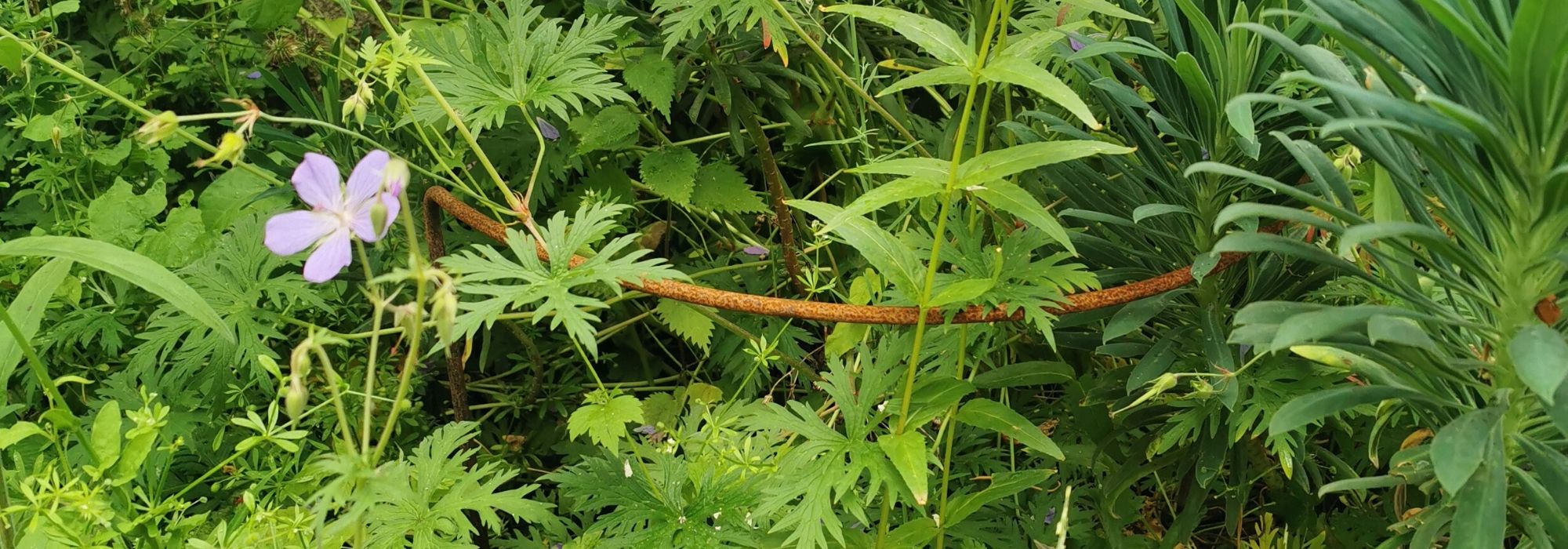
How to stake a perennial plant?
Techniques and advice
Contents
When people think of staking, they often think of tomatoes, sprawling vegetable patch plants and newly planted trees. Many perennials in ornamental gardens also need staking to develop harmoniously. This rigid support provided by vertical structures is necessary for them to withstand bad weather, support extra-large flowerheads and better bear long, fragile stems. Dahlias, scabious, peonies — many need support to flourish!
Here’s a quick overview of plants you mustn’t forget to stake, techniques for installing your stakes, and the supports to choose depending on perennials and your garden style.
Stake or nothing!
Two types of perennials that require staking are distinguished:
- climbing plants that are non-woody or only slightly woody which will by nature produce lianas or stems up to 2 metres long, or which do not possess a system of climbing root or tendril to attach naturally to a support.
- Le dipladenia brightens summer terraces with its colours. Often grown in a pot, this voluble liana benefits from being staked to best display its exuberance! Another frost-sensitive perennial also grown in a container, the solanum requires in this situation a stake acting like a true column to support its long floriferous stems throughout summer.
- Jasmines such as trachelospermum jasminoides, a long liana without an attachment system, need a stake during first years to help guide them along a wall, for example.
- Certain climbing and herbaceous clematis are also without an attachment system. A sturdy stake makes establishment easier by guiding them along a support on which they begin to climb harmoniously.
- The flexible stems of passionflowers also benefit from being staked at planting: even though they have a tendril attachment system, these lianas are vigorous (up to 8 m high) and require a sturdy support to ensure their growth, ultimately on a fence or a trellis.
- A climbing hydrangea will also benefit from staking at the start of its growth.
- herbaceous perennials with opulent flowers and abundant but fragile stems: this type of plant requires effective support so fragile stems do not bend under abundant spring or summer flowering. Well-placed stakes help maintain an attractive appearance of your borders, even after gusts of wind or heavy rain:
- Dahlias (dahlias) with spectacular flowers, luxuriant in late summer, collapse under the weight of generous blooms that renew continuously. Their hollow stems are in fact fragile under the weight of numerous inflorescences; staking is essential!
- Peonies and perennials with a very trailing habit need staking to showcase their elegant flowering. Their flowers are too heavy and their stems too fragile to support them.
- The rapid growth of some plants means they can fall over under their own weight. These are plants with thin stems whose inflorescences are large, such as delphiniums, scabious and asters. Delphiniums have particularly brittle stems that can snap in gusty winds. For this type of perennials, do not hesitate to practise the “Chelsea chop”, a pruning technique that will reduce staking, encourage branching and stagger flowering.
- Some bulbous perennials such as crocosmias also gain in visual appeal from light staking.
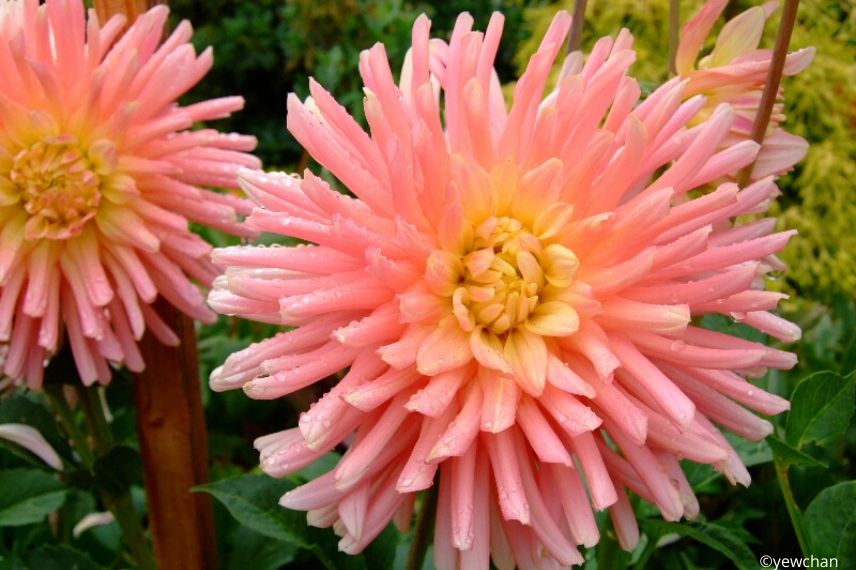
Discover other Perennials
View all →Available in 1 sizes
Available in 0 sizes
Available in 1 sizes
Available in 1 sizes
Available in 1 sizes
Available in 1 sizes
Available in 1 sizes
Available in 1 sizes
Available in 1 sizes
Available in 1 sizes
When and how to stake?
You should intervene at planting or at the start of growth, the important thing being not to injure the plant at the roots, some of which can be very fragile. So do not hesitate to install them when plant is young, while its root system is not yet fully developed.
Ideal time is late spring for summer perennials, when first shoots appear. Plants will grow through stakes, which will then be hidden by foliage!
Depending on plant’s height and development, stakes will be taller or shorter and come in different shapes: solitary stakes or grouped stakes, tripods arranged in a circle, stakes with metal rings…
A stake is driven deep enough into the soil to ensure anchorage. It should be placed a few centimetres from the main stem. Be careful with bulbous plants not to damage the bulb or rootstock.
The tie that attaches stake to stem is also important: it must be strong enough to withstand the weather, and it must not damage the plant! Ideally flexible plastic, string, or raffia, it must be loose enough not to injure the stem and allow the plant to grow without restriction, but snug enough to support the plant.
Finally, remember to disinfect your stakes before storing them for winter. It’s always best to place a clean, disease-free support in the soil.
Read also
Care of perennial plantsDifferent types of plant supports
Supporting plants with stakes is good, supporting them discreetly is better! A good stake blends into the foliage, it will provide just the right support for the perennial plant, and will fade into a border. Current trend favours natural materials and colours.
Shape, size and material should be chosen not only according to habit and spread of the plant, but also according to your landscaping tastes, and the type of your garden. Most DIY-minded among you can try making home-made stakes. You can choose a rot-resistant species such as chestnut to make them cheaply, selecting straight branches, but this is not always simple. A wide range of stakes is available on our site.
An authentic style
Play with natural materials such as the bamboo stakes. Very rigid, they have a lifespan very satisfactory of 3 to 4 years, and provide a pleasing look in natural-style gardens. Bamboo stakes are available in many heights, and can be used in the garden or on the terrace. Choosing them fairly short and using several can encircle a spreading perennial.
The coconut coir stakes are also among the invisible supports once planted: especially suited to container-grown cultivation and to climbing plants, they have an appearance both natural and exotic.
All-purpose stakes
Grid or ring stakes, in steel, are best suited to large clumps of dahlias or peonies. They discreetly hold the clump of plants with an erect habit. They can be homemade if you are handy. They are versatile in contemporary gardens.
The planting rings are useful for all herbaceous perennials, planted singly or in groups, whose vigorous growth requires a wide support to hold the whole plant. These rings will develop a rusty patina with the weather, making them well suited to a cottage-style garden.
The ladder trellises, in green plastic, are useful for small climbing perennials in pots on balconies or terraces (dipladenias, thunbergias).
Finally, there are charming ornate steel stakes that develop a beautiful patina over time: they make a proud display rather than hiding in the garden!
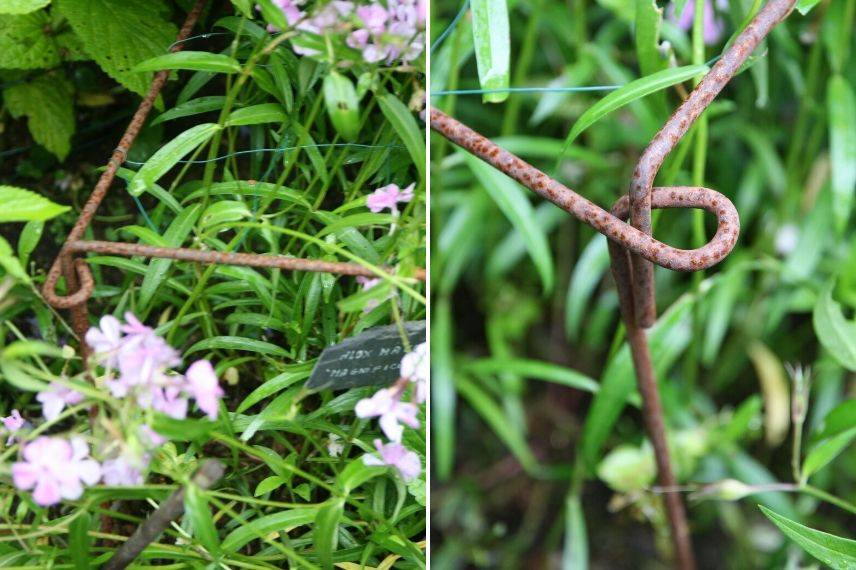
- Subscribe!
- Contents
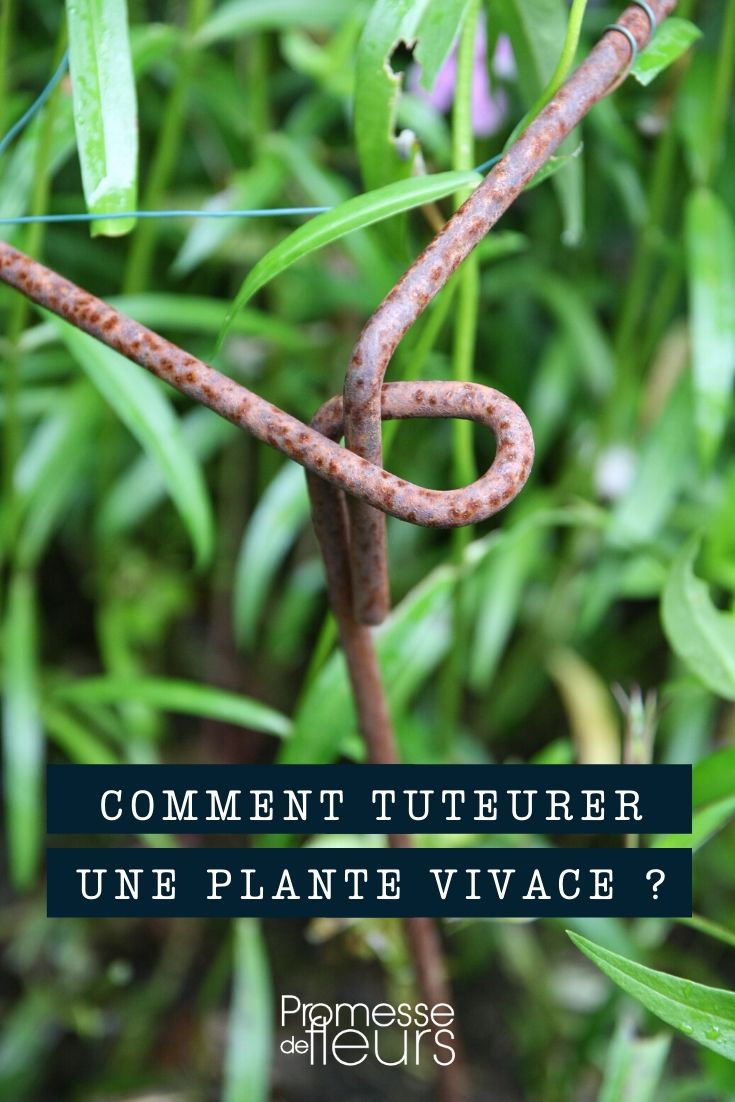































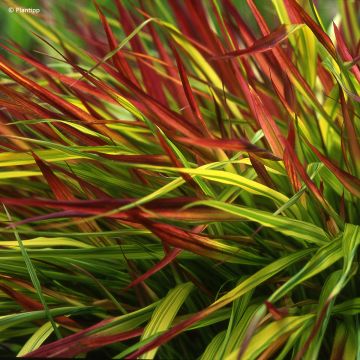

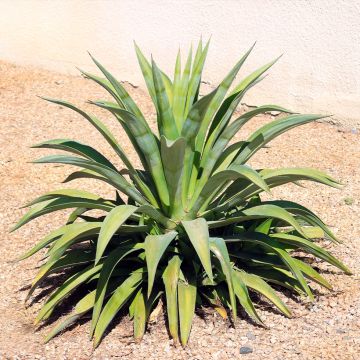

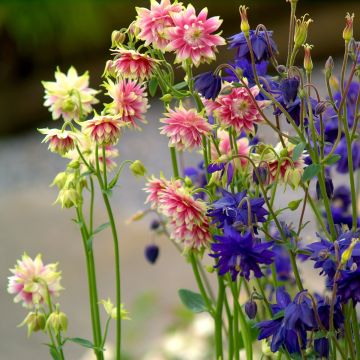
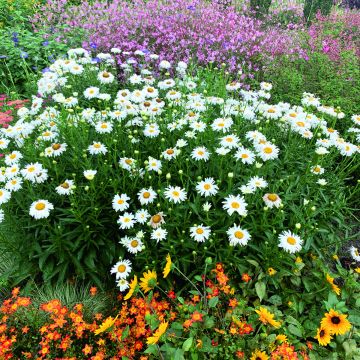
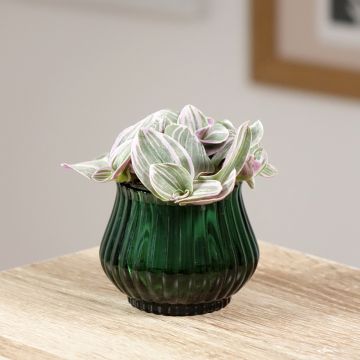
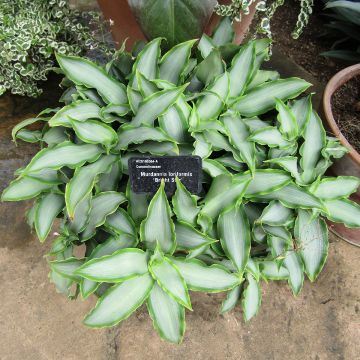
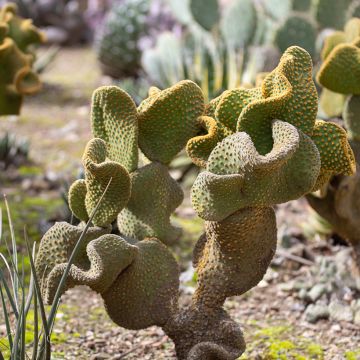
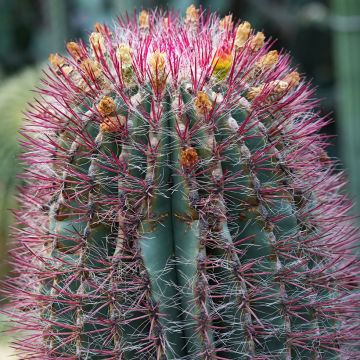
Comments